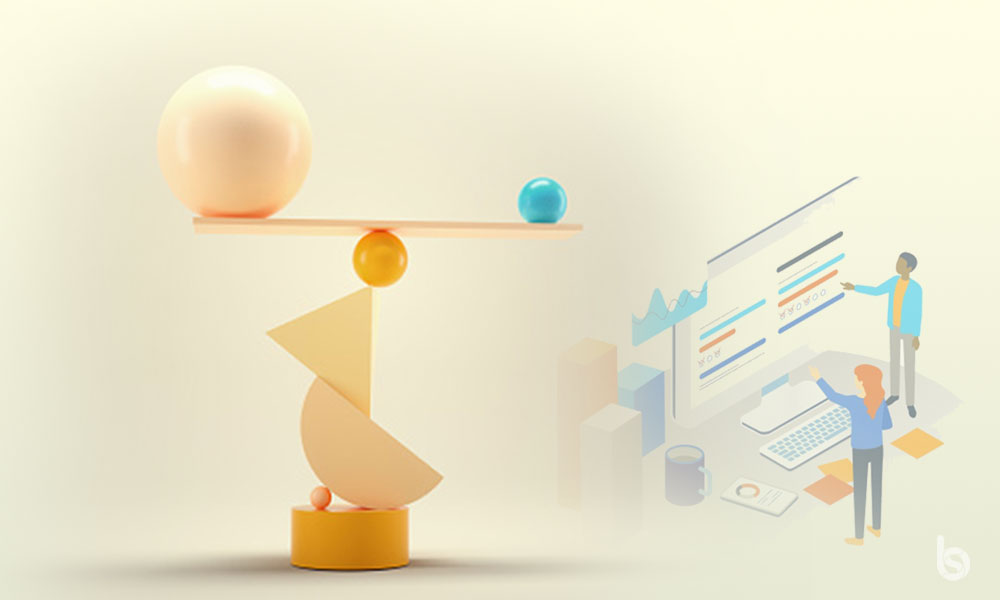As a design student, you are made to believe the user must be our priority – no matter what. But the moment you land your first corporate job, you find out shockingly, that actually, the designer’s role is to find a balance between user-centered and company-centered design (business goals).
This is why most of the digital products we tend to use every day rely so much on dark patterns. The bigger the investment, the bigger the designer’s responsibility to meet the investor’s expectations. And in order to accomplish this, some designers end up following approaches that maximize profits above everything else.
A little about dark patterns:
Dark Patterns are tricks used in websites and apps that make you do things that you didn’t mean to, like buying or signing up for something.
Profit goals shouldn’t give companies the authority to trick users into strictly “selling their souls” for accessing their products.
And while I do not stand for methods to trick or coerce the user in any way, I advice designers to think about alternatives to accomplish the same goals dark patterns look into, but in transparent, legal, and ethically responsible ways.
Lately, being a UX Professional is a quite complex role. You have to consider commercial interests as well as user needs. Designing with a company-centered mindset must be taken with responsibility on how users are likely to respond. If a company is interested in using dark patterns, then it’s the designer’s first duty to find clever alternatives to maintain respect for the user as well.
My verdict?
You should always advocate for the user. That being said you need to find a balance between the user needs, business goals and technology.





